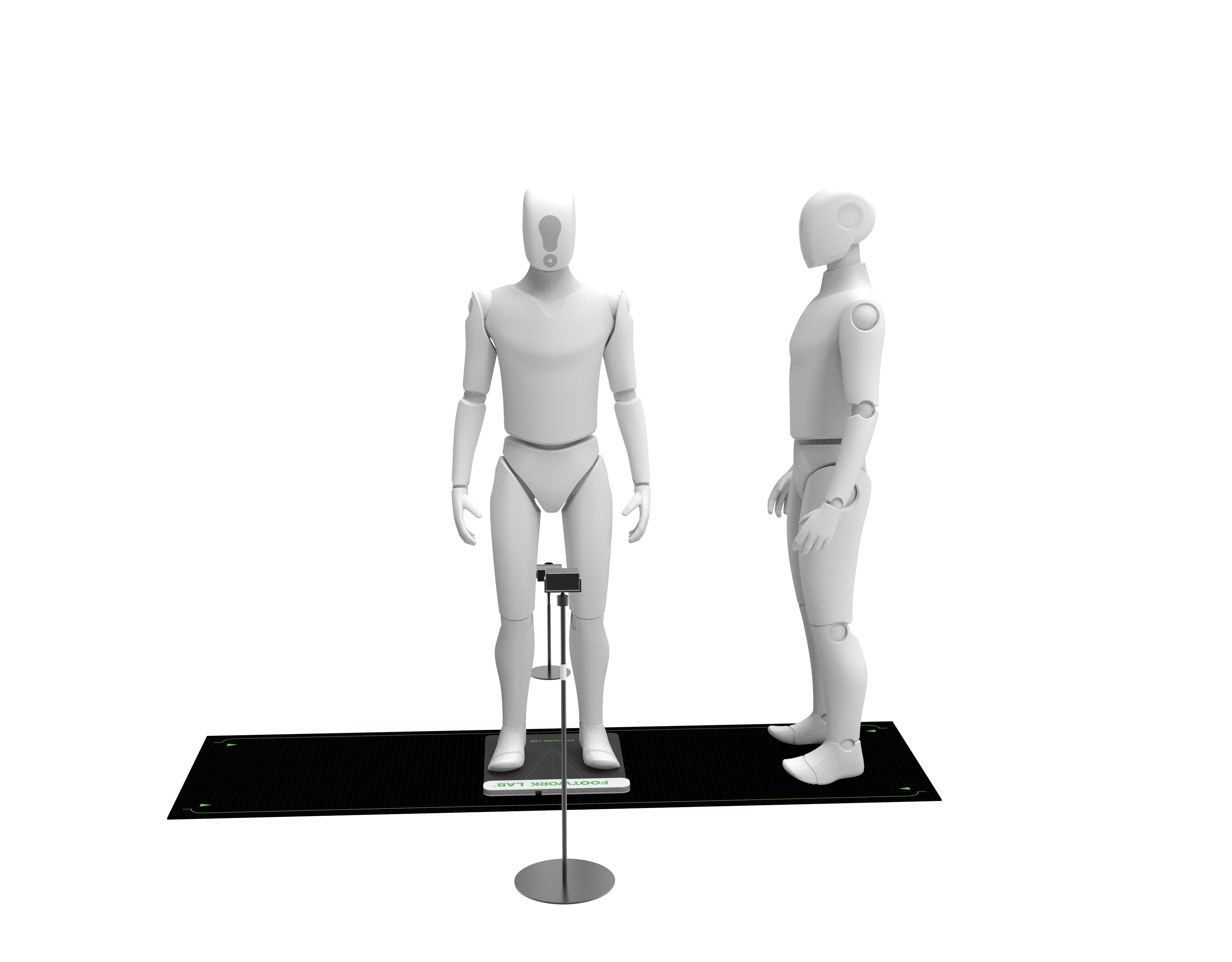Gait scan in physical therapy clinics is a specialized assessment tool used to analyze an individual’s walking pattern, providing detailed insights into movement mechanics that inform rehabilitation strategies. This technology combines hardware such as pressure plates, motion capture cameras, and force sensors with software that processes data to generate visualizations of gait parameters, including step length, stride width, foot strike pattern, and pressure distribution. In physical therapy settings, gait scans are particularly valuable for evaluating patients recovering from lower extremity injuries, such as ankle sprains, knee surgeries, or hip replacements, as well as those with neurological conditions like stroke or Parkinson’s disease that affect mobility. By capturing the gait cycle—from heel strike to toe-off—therapists can identify abnormal movement patterns, such as limping, overpronation, or shortened stance phases, which may indicate muscle imbalances, joint stiffness, or pain. The data from gait scans allows therapists to design targeted intervention plans. For example, if a scan reveals excessive pressure on the lateral side of the foot during midstance, therapists may prescribe strengthening exercises for the medial muscles or recommend orthotic insoles to redistribute pressure. Similarly, gait scans can track progress over the course of therapy, providing objective evidence of improvements in gait symmetry, balance, and functional mobility. This helps therapists adjust treatment plans as needed and communicate progress to patients, enhancing motivation and engagement. Gait scan technology in physical therapy clinics often includes real-time feedback capabilities, allowing therapists to guide patients through corrective movements during sessions. For instance, visual displays of pressure distribution can help patients understand how their foot placement affects weight bearing, enabling them to practice more efficient gait patterns. Additionally, 3D motion capture provides a detailed analysis of joint angles at the ankle, knee, and hip, identifying deviations from normal ranges of motion that may contribute to gait abnormalities. Over time, repeated gait scans can document changes in movement patterns, confirming the effectiveness of therapeutic exercises, manual therapy, or assistive devices. This objective data is crucial for demonstrating treatment outcomes to patients, healthcare providers, and insurance companies, ensuring that rehabilitation plans are both evidence-based and personalized to individual needs.
